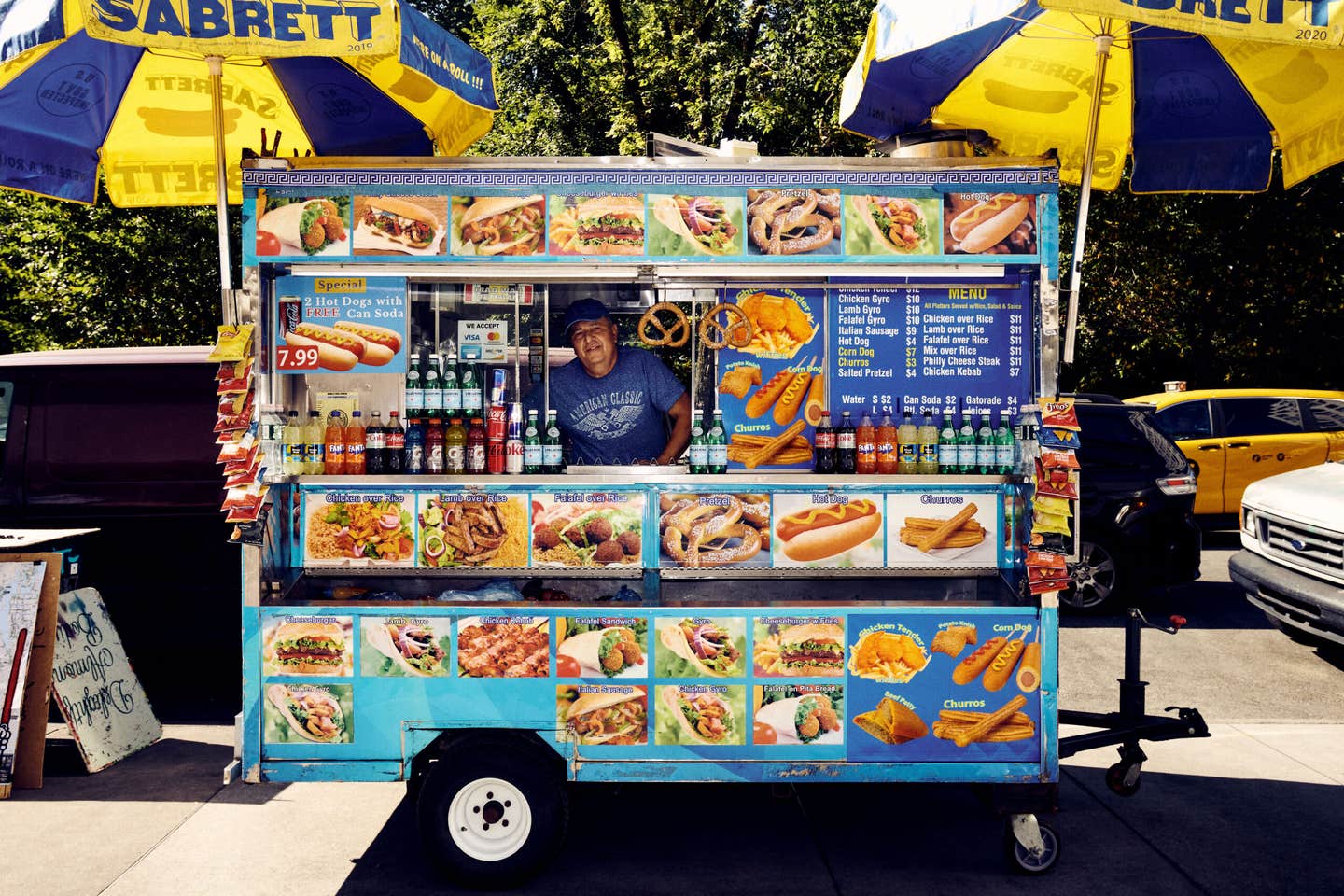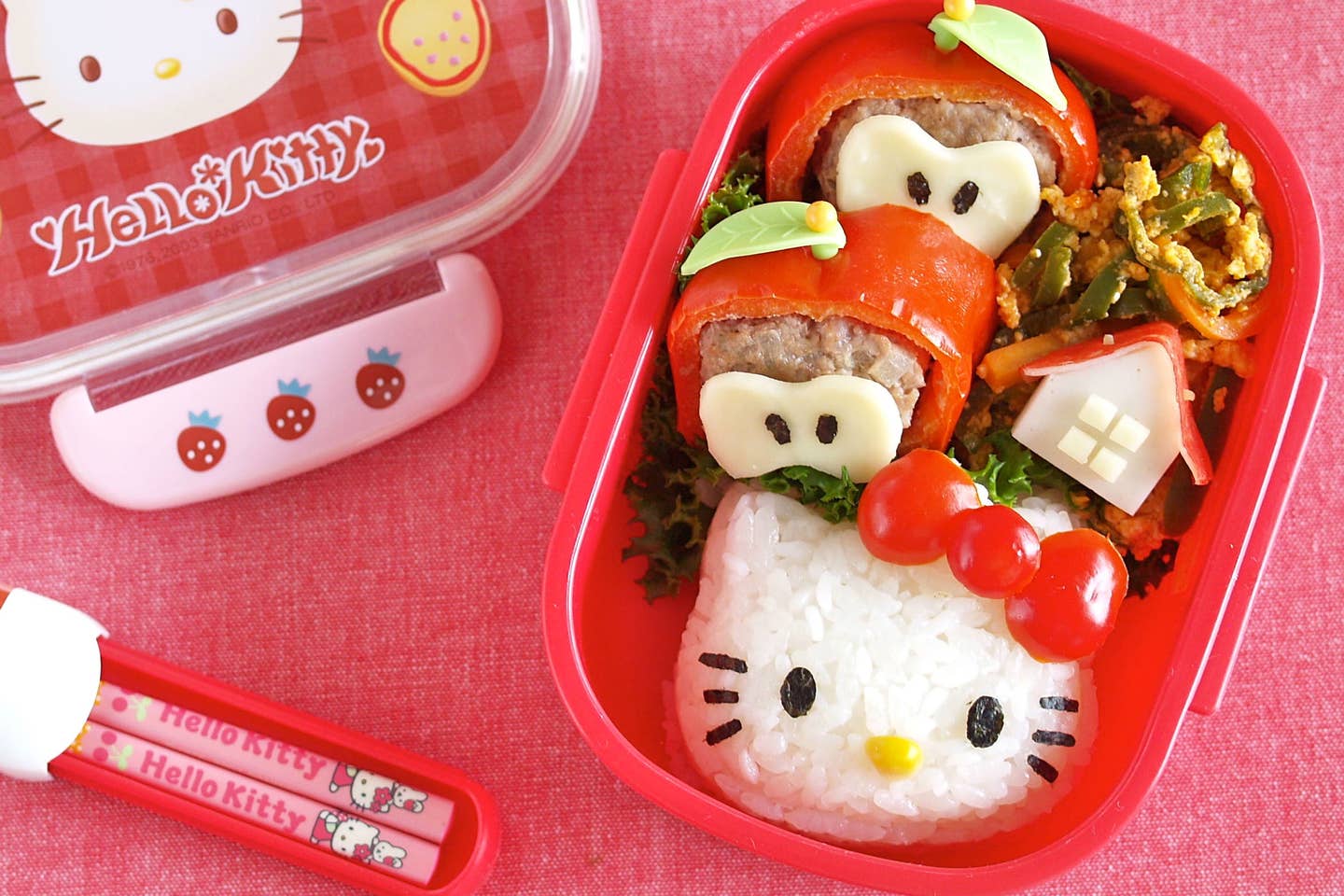
Hello Kitty In Bento Box Form Is What We All Need Right Now
Upgrade your lunch’s cute factor by following these Japanese pros.
Maki Ogawa realized the power of a well-placed anime character after she sent her three-year-old son off to kindergarten for the first time. Like most toddlers, he would cling to his mother when it was time for her to drop him off. “I thought a cute bento box would help him,” says the Saitama-based Japanese cookbook author of the kawaii packages she started preparing for him.
At that point, Ogawa immersed herself in the world of kyaraben, or decorative bento boxes (sometimes shortened to deco-bens): creatively assembled meals arranged to look like popular cartoon characters—think Hello Kitty, Doraemon, and Pikachu. The kyaraben helped her toddler break the ice at school: "[His] classmates started looking forward to seeing [his lunches], and he made more friends,” says Ogawa. The mom-son duo even developed an after-school ritual of browsing through illustrated books and magazines together to inspire the next day’s creation.
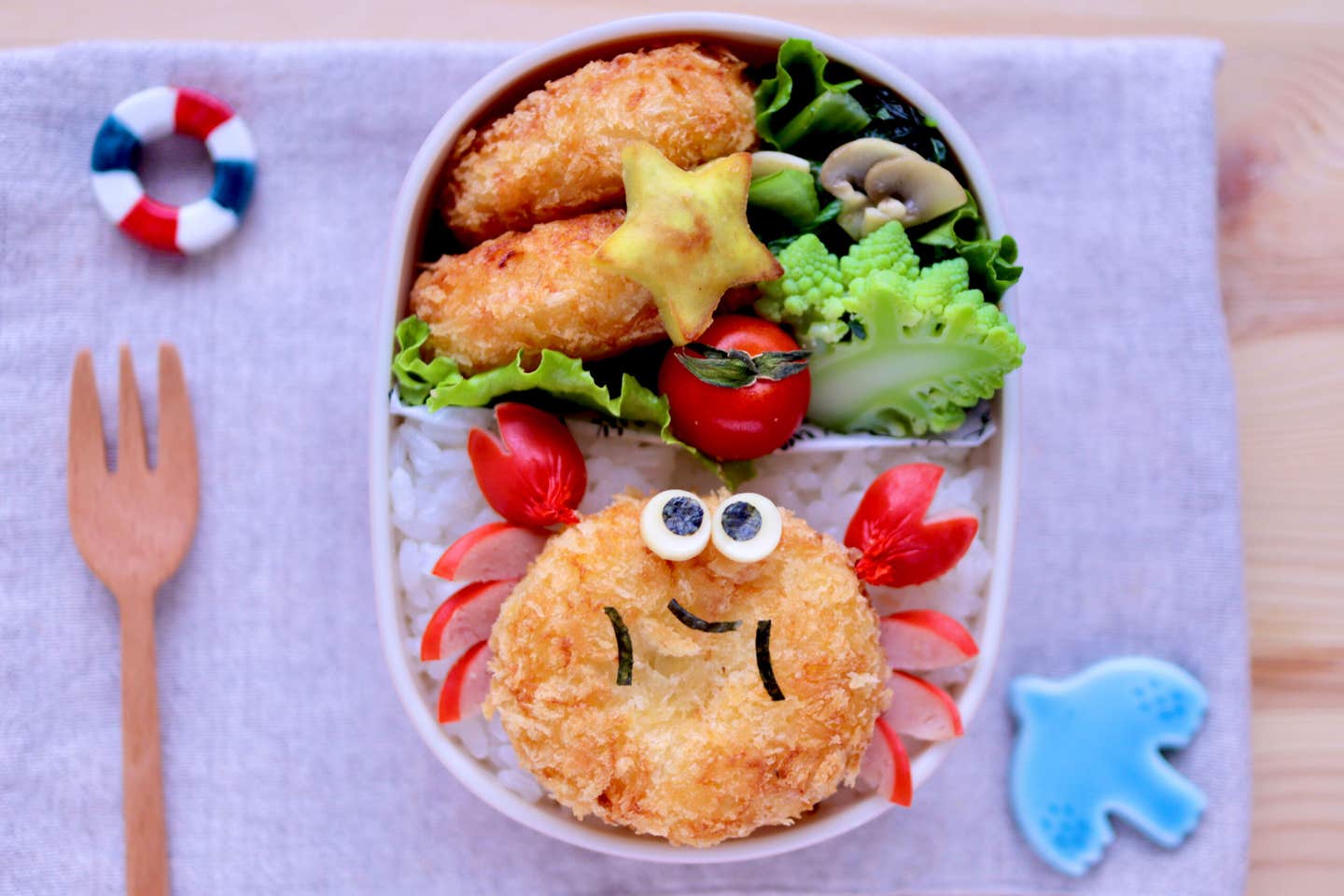
Ogawa is now behind the bento-dedicated Instagram account “cuteobento”—and one of many creators using social media to share the increasingly popular concept that celebrates Japanese pop culture.
During the peak of the COVID-19 pandemic, the internet couldn't get enough of kyaraben, which became a culinary outlet akin to sourdough bread making—with major points added for upping the cute factor and creative flair.
Since the inception of bentos about 1,200 years ago, the compartmentalized meal has evolved over the centuries, often reflecting the times. During Japan's Azuchi-momoyama period, it was a symbol of luxury called Sageju, typically carried by aristocrats during outings to admire the cherry blossoms or the autumn leaves. During the Edo era, theater enthusiasts would enjoy a special lunch box called Makunouchi during intermissions. As railway-based tourism boomed in the island nation during the 1970s, the portability of bento boxes made them especially convenient for travelers, and different regions began making the parcels with local ingredients to offer tourists quick meals with a homemade touch.
Post-World War II, when Japan saw rapid economic growth, mass-produced meals lined the shelves at 7-Eleven stores across the country, and kyaraben became a sub-genre of its own. Manga and anime (like Sailor Moon and My Neighbor Totoro) soared in popularity during the 1980s and 1990s, and when bento boxes featured in the storylines, they catapulted kyaraben to a whole new level of popularity. Equipment to mold rice, trim nori, and slice sausages subsequently hit the market to help reduce prep time. Since 2014, the Japanese government and its embassies across the globe have even hosted bento competitions, helping cement the meals as a national culinary treasure.
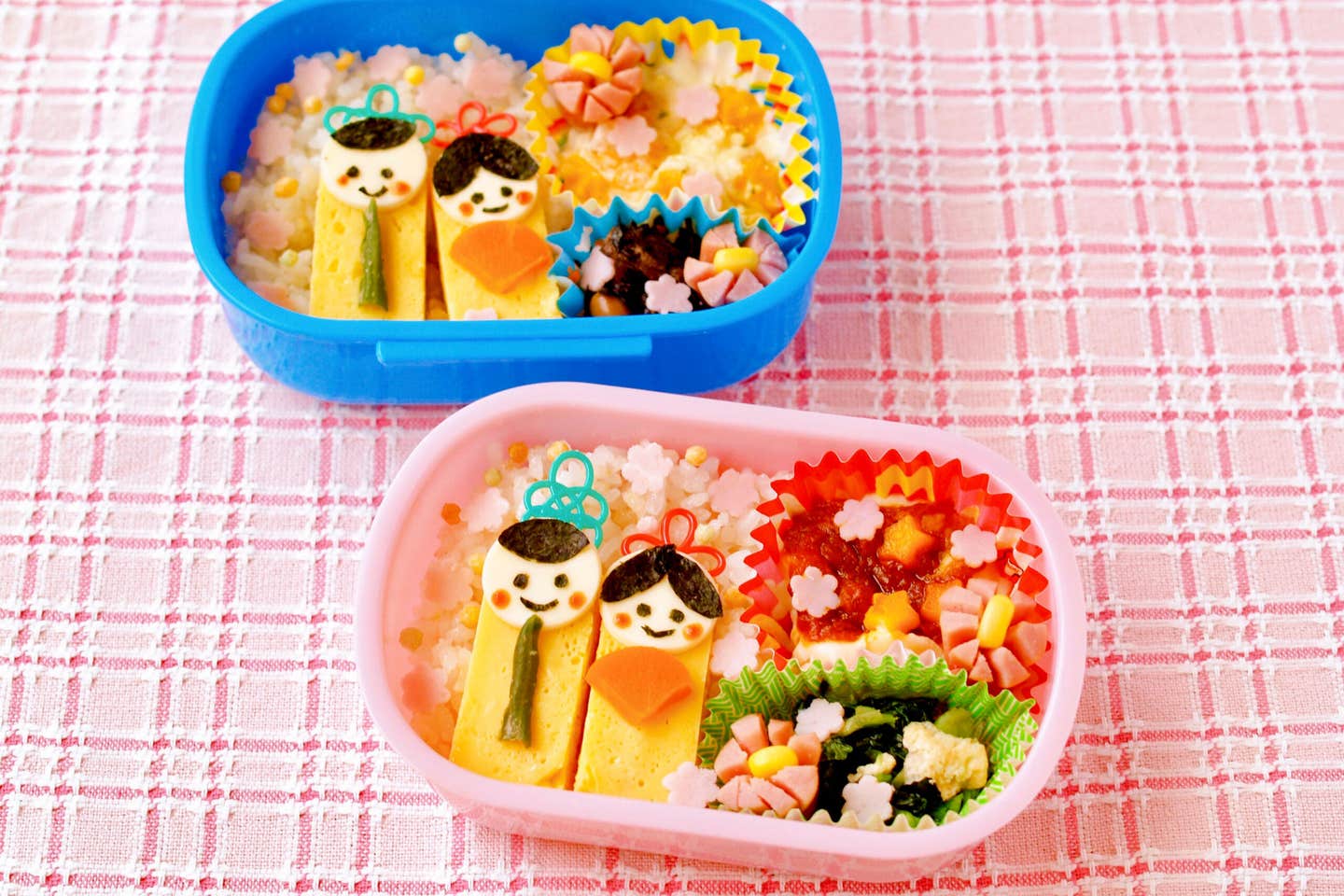
Tokyo-based Japanese food blogger Nishimura Ami is one artist who, like Ogawa, decided to make food her canvas and tweezers her brush. She now has nearly a million subscribers on her YouTube channel, where she teaches viewers how to make decorative bentos inspired by characters from Pokémon GO and the anime show Healin’ Good Pretty Cure (think: the sweet pink-haired Cure Grace). Now a mother, Nishimura notes, “Our culture grew up with cooking at home. This inspires people like me to cook at home” while giving kids a chance to participate. (Kyaraben fervor has gotten so intense that some school children even end up comparing and competing with each other over whose bento looks best.)
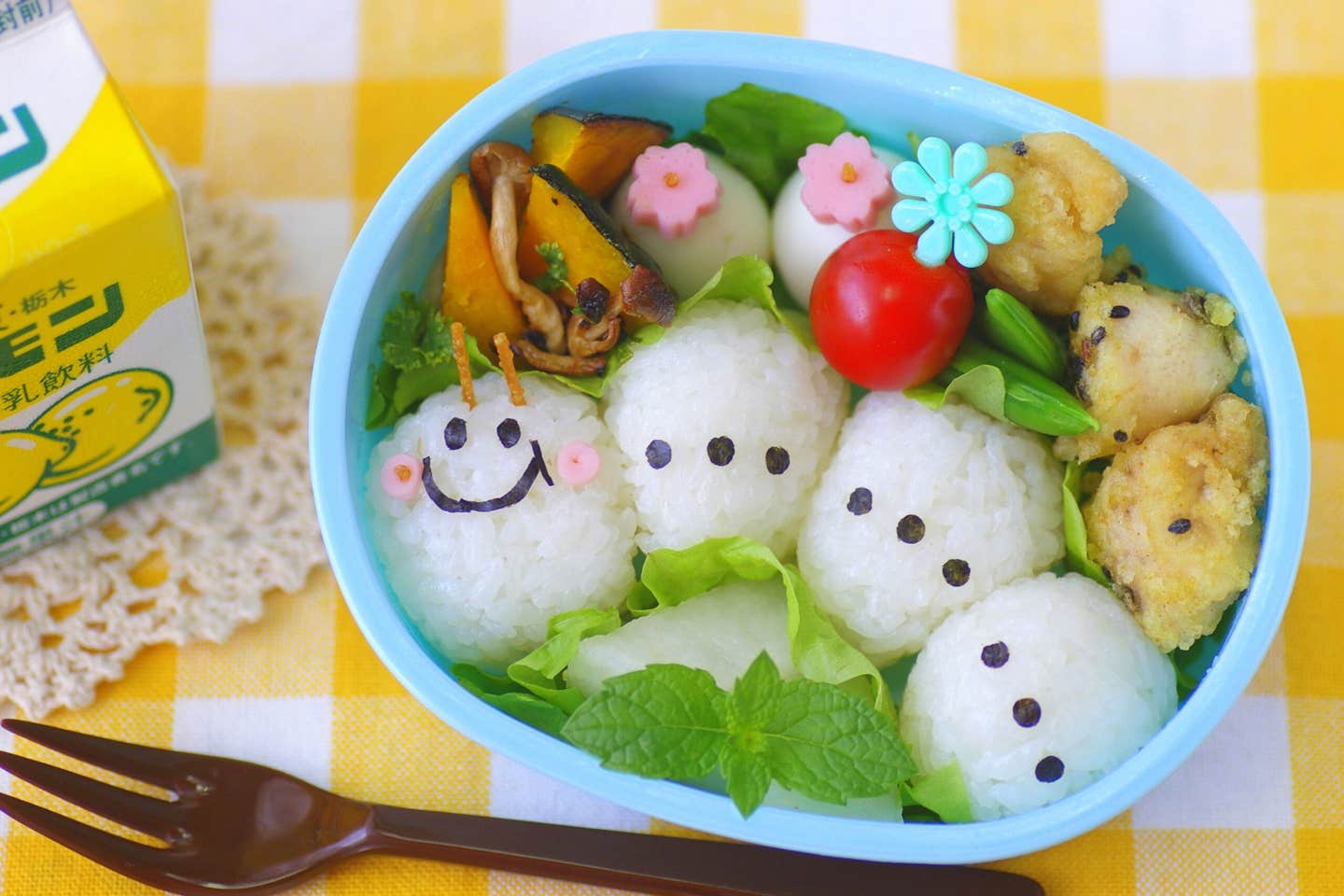
Still, most parents would consider the kyaraben a win-win dish: a way to bond over food that’s more fun and nourishing than, say, putting animal-shaped chicken nuggets into the oven. The concept is clever, cute, and “so Instagrammable,” quips Ogawa. And when aesthetic meets algorithm thanks to anime and manga culture going global, many bloggers and influencers now focus exclusively on kyaraben or bento boxes. In recent years, creators outside Japan (like the U.S.-based @packmylunchmom and Australia-based @bentokidslunch) have popped up with their own designs.
Unlike the luxurious curations or emphasis on local flavors that defined bento boxes of the past, the modern kyaraben is a playground for whimsy, experimentation, and artistic expression. It is, at its best, an art form to be devoured—even if at first glance Hello Kitty looks too cute to eat.
Keep Reading
Continue to Next Story









